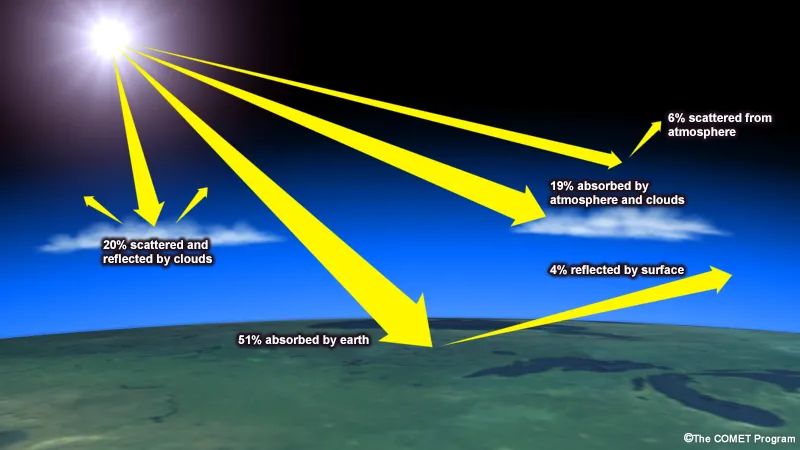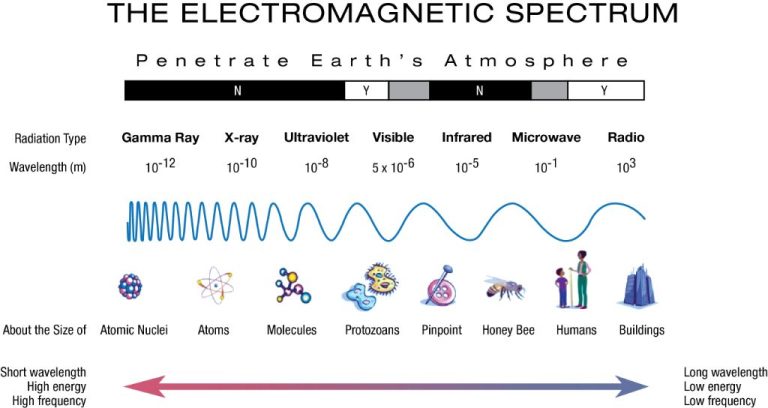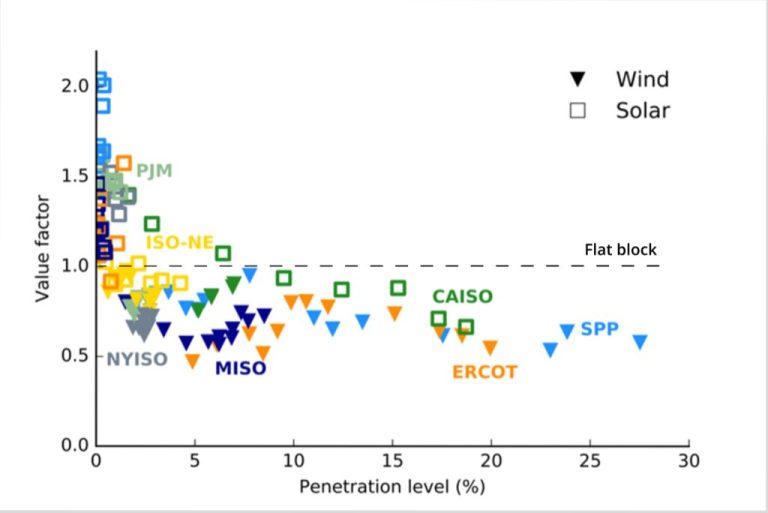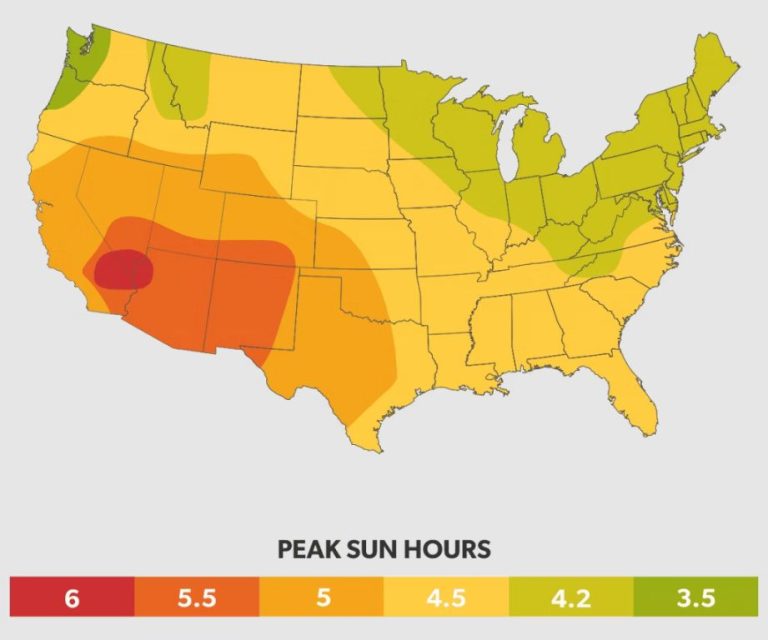Is Solar Radiation Or Energy?
What is Solar Radiation?
Solar radiation is the radiant energy emitted by the sun in the form of electromagnetic waves. It consists of ultraviolet (UV) radiation, visible light, and infrared radiation. The sun produces solar energy through nuclear fusion reactions in its core, converting hydrogen into helium. This process releases enormous amounts of energy in the form of photons, which make up the solar spectrum (Reference 1)
The different types of solar radiation have varying wavelengths and frequencies:
- Ultraviolet (UV) radiation has the shortest wavelengths (100-400 nm) and highest frequencies. UV is divided into UV-A, UV-B, and UV-C.
- Visible light makes up the part of the spectrum that is visible to the human eye (wavelengths of 400-700 nm).
- Infrared radiation has longer wavelengths (700 nm to 1 mm) and lower frequencies than visible light.
Most solar radiation originates from the photosphere of the sun, the outer layer from which visible light is emitted. As it travels the 150 million kilometers from the sun to Earth, solar radiation passes through space and the Earth’s atmosphere before reaching the planet’s surface. Solar energy powers almost all life on Earth through photosynthesis and drives Earth’s climate system (Reference 2).
How Solar Radiation Travels
Solar radiation travels in waves from the Sun to the Earth and other planets. These waves carry energy in the form of electromagnetic radiation. The main characteristics of solar radiation waves are their frequency, wavelength, and speed.
The frequency of a wave refers to how many cycles pass a point per second. Wavelength is the distance between crests of the waves. Higher frequency waves have shorter wavelengths. Visible light from the Sun ranges in wavelength from about 380 nanometers (violet) to about 740 nm (red).
All solar radiation, from radio waves to gamma rays, travels at the speed of light when passing through a vacuum. This speed is approximately 300,000 kilometers per second or 186,000 miles per second. As waves pass from space into the Earth’s atmosphere, their speed slows down slightly, but they still travel extremely fast.
Understanding the wavelike nature of solar energy is important for applications like solar cells that must capture photons within specific frequency ranges. The amount of energy in each photon depends on its frequency or wavelength.
Is Solar Radiation a Form of Energy?

Solar radiation transports energy from the sun to the Earth and other planets. This energy travels in the form of electromagnetic waves or particles (source). The sun produces energy through nuclear fusion reactions in its core. This energy is emitted into space in all directions in the form of photons or electromagnetic waves.
There are different types of solar radiation based on wavelength, including visible light that our eyes can detect, ultraviolet radiation, and infrared radiation. Together, this radiation transports energy at the speed of light. Thus, solar radiation is a form of radiant energy.
Radiant energy differs from thermal energy in that it can travel through space without relying on matter. Thermal energy involves the kinetic energy of atoms and molecules. Radiant energy can be converted to thermal energy when it is absorbed by matter, such as Earth’s atmosphere and surface (source). This thermal energy powers natural processes on Earth.
In summary, solar radiation transports radiant energy in the form of electromagnetic radiation from the sun to Earth. This radiant energy can be converted into thermal energy. Solar radiation is the source of most of the energy on Earth’s surface.
Measuring Solar Radiation
Solar radiation is measured in units of watts per square meter (W/m2), which quantifies the rate of energy received on a given surface area. On Earth, the value varies significantly based on location and weather conditions. Solar radiation measurement instruments called pyranometers are used to precisely quantify solar irradiance.
Pyranometers contain thermopile sensors designed to measure broadband solar radiation across the entire solar spectrum (0.3 μm to 3 μm). They can measure both diffuse skylight radiation and direct beam sunlight. By pointing a pyranometer directly at the sun, the direct beam radiation can be isolated. Networks of pyranometers installed worldwide provide solar radiation data to map geographic and climate variations.
According to the National Renewable Energy Laboratory, annual average solar radiation ranges from 125 W/m2 in Alaska to 275 W/m2 in Arizona (1). Factors like cloud cover, humidity, and latitude impact how much solar energy reaches the Earth’s surface. Pyranometer measurements enable solar power systems to be effectively designed for local conditions.
Effects of Solar Radiation
Solar radiation has several important effects on the Earth’s environment and climate. Some of the major effects of solar radiation include:
Photosynthesis
Solar radiation provides the energy that drives photosynthesis in plants and phytoplankton. Photosynthesis is the process by which plants convert sunlight, carbon dioxide, and water into food and oxygen. Nearly all life on Earth depends on photosynthesis either directly or indirectly. According to studies, a 10% change in solar radiation changes the photosynthetic response by ~1-2%. [source]
Vitamin D Production
Human skin produces vitamin D when exposed to solar UVB radiation. Vitamin D is essential for bone health and deficiency can lead to diseases like rickets in children and osteomalacia in adults. Solar radiation exposure of arms and legs for 5-30 minutes (depending on time of day, season, latitude and skin pigmentation) is enough to meet vitamin D requirements. Excessive exposure can lead to skin damage. [source]
Heating Earth’s Surface
The Sun delivers energy to the Earth’s surface at a rate of about 1,360 watts per square meter under clear skies, depending on latitude and season. This energy heats the land, atmosphere and oceans, providing the energy that drives weather patterns and ocean currents. Variations in solar output have been linked to changes in Earth’s climate in the past. [source]
Solar Radiation and Climate
The amount of solar radiation that reaches the Earth’s atmosphere and surface has a significant impact on the planet’s climate and temperature. According to NASA, the amount of solar energy that hits the top of the atmosphere has not changed markedly in the past 50 years. However, even small variations in solar output can affect Earth’s climate.
Solar radiation powers the climate system. The amount of incoming solar radiation (insolation) versus the amount reflected back into space determines Earth’s radiation budget and equilibrium temperature. An increase in solar output leads to more radiation absorbed by the Earth’s surface, heating the planet. According to research from the University of California Berkeley, a 0.1% change in incoming solar radiation translates to roughly 0.5° F (0.3° C) global average temperature change.
While solar output variations may contribute to short-term climate changes, other natural and human factors are the primary drivers of long-term climate trends. As reported by the Union of Concerned Scientists (https://www.ucsusa.org/resources/how-does-sun-affect-our-climate), solar irradiance changes have played only a minor role in driving climate change over the past century. The Intergovernmental Panel on Climate Change has concluded that continued emissions of greenhouse gases are the dominant cause of observed climate change since the mid-20th century.
Going forward, small fluctuations in solar irradiance from the present into the next century may have both cooling and warming impacts on Earth’s climate, alongside the larger warming effects from greenhouse gases. However, the overall scientific consensus is that human-caused climate change will continue to outweigh solar variability in the long-run.
Harnessing Solar Radiation
Solar radiation can be harnessed and converted into useful forms of energy like heat and electricity. There are several ways that solar radiation is captured for human use:
Solar power – Also known as photovoltaics (PV), solar cells and panels convert sunlight directly into electricity. Arrays of solar panels are used in residential, commercial, and utility-scale applications to generate clean renewable electricity from the sun.
Solar water heating – Solar thermal collectors capture heat from the sun to warm water used for domestic, commercial and industrial uses. This allows for substantial energy savings over conventional electric or gas water heating.
Passive solar heating and cooling – Passive solar building design takes advantage of sunlight to provide lighting and heat. Strategies like building orientation, window placement, thermal mass, and selective shading reduce the need for electrical lighting and mechanical heating/cooling.[1]
These solar energy technologies allow us to harness the sun’s energy in a clean and sustainable way to power our homes, businesses, and daily lives.
Risks of Solar Radiation
Solar radiation, especially UV radiation, can pose significant risks to human health. Three of the major risks are sunburn, skin cancer, and eye damage.
UVB radiation is the main cause of sunburn (Modenese, 2018). Sunburn causes inflammation and skin damage, and repeated episodes of severe sunburn significantly raise the risk of developing skin cancer later in life. Melanoma, the deadliest form of skin cancer, is linked to total UV radiation exposure over a lifetime.
Solar UV radiation is a major risk factor for eye problems like cataracts, pterygium, and macular degeneration (EU Scientific Committee, 2022). UV exposure can damage the cornea, lens, and retina of the eyes.
Another risk is overheating of the body from excessive exposure to solar radiation. This can lead to heat exhaustion or potentially fatal heat stroke, especially in vulnerable populations like infants, the elderly, and those with chronic illnesses.
Protecting From Solar Radiation
There are various ways to protect yourself from the harmful effects of solar radiation.
Wearing sunscreen and protective clothing when outdoors is very important. According to the EPA, sunscreen with an SPF of 30 or higher should be applied generously before going outside and reapplied every two hours. Wearing hats, sunglasses, and clothing that covers the skin can also minimize sun exposure.
Window tinting on cars and buildings blocks UV radiation while still allowing visible light through. This protects people and objects inside from fading and damage caused by the sun’s rays. Certain types of window film and window glass can filter up to 99% of UV radiation for maximum protection.
Shade structures like awnings, canopies, trees, and umbrellas provide shade and limit direct sun exposure. Seeking shade whenever possible, especially during peak UV radiation hours, helps reduce your overall radiation dose.
Conclusion
In summary, solar radiation is indeed a form of energy. The radiation emanating from the sun in the form of electromagnetic waves carries energy that can be harnessed and used on Earth. Solar radiation drives weather patterns, ocean currents, photosynthesis, and provides heat and light. Without solar radiation, life as we know it on Earth would not be possible.
Solar radiation is essential to all life on our planet. Understanding it, how it interacts with the Earth’s systems, and learning to utilize it safely and sustainably will be crucial as we work to combat climate change and develop renewable energy sources. Though excessive exposure carries risks, sensible precautions can allow us to enjoy the many benefits solar radiation provides.





